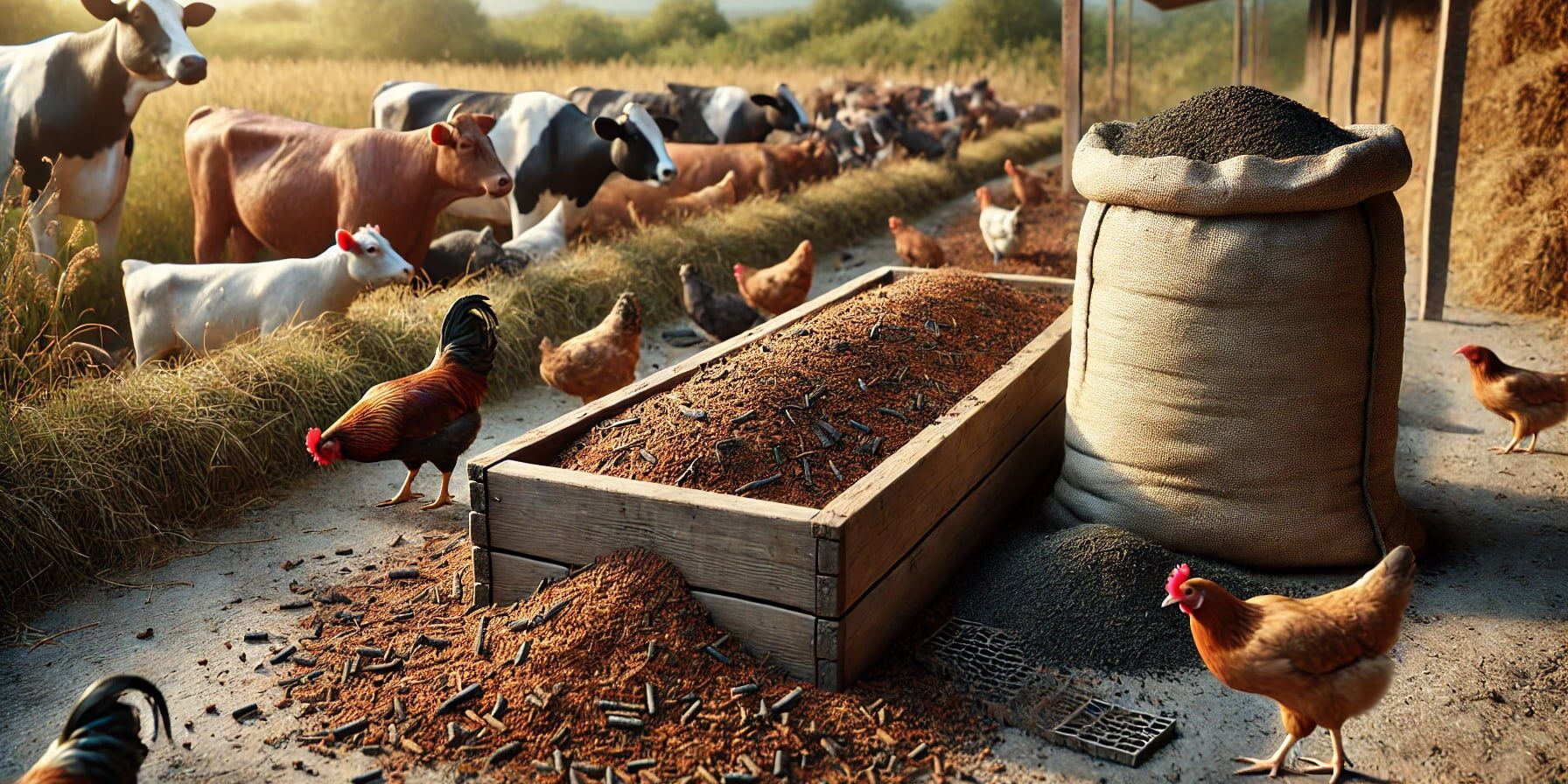While biochar offers numerous benefits as a feed additive, there are some potential side effects and considerations to keep in mind:
Immobilization of Liposoluble Nutrients
Biochar can adsorb liposoluble nutrients such as vitamins E and carotenoids, potentially limiting their availability to animals. This could affect the long-term nutritional balance if not properly managed[1].
Variation in Biochar Properties
The properties of biochar can vary significantly depending on the feedstock and production conditions. This variability can lead to inconsistent results in its effectiveness and safety as a feed additive[1].
Dosage and Overuse
While biochar is generally safe at recommended dosages (0.8% to 3% of diet dry matter), excessive use can lead to negative effects. Overuse may disrupt the balance of nutrients and potentially lead to digestive issues[2].
Regulatory Approval
The use of biochar in animal feed is still subject to regulatory approval in many regions. Ensuring that biochar meets safety standards and guidelines is crucial for its widespread adoption[3].
Potential for Contaminants
If not produced properly, biochar can contain contaminants such as heavy metals or polycyclic aromatic hydrocarbons (PAHs). It is essential to use high-quality biochar that has been tested for safety[1].
Research and Observations
- Study on Biochar in Animal Feeding: A comprehensive review of 112 scientific papers found that while most studies reported positive effects on growth, digestion, and feed efficiency, there were occasional non-significant results and rare negative effects related to nutrient immobilization[1].
- Biochar in Cattle Farming: Research has shown that biochar can improve the health and well-being of livestock, but it is important to monitor its effects and adjust dosages as needed to avoid potential side effects[2].
Conclusion
Biochar can be a valuable addition to animal feed, offering benefits such as improved digestive health, nutrient absorption, and reduced methane emissions. However, it is important to consider the potential side effects and ensure proper management and quality control. By adhering to recommended dosages and using high-quality biochar, the risks can be minimized, allowing livestock farmers to harness the full benefits of this innovative feed additive.
[1]: The use of biochar in animal feeding [2]: The use of biochar in cattle farming [3]: The use of biochar in animal feeding – Europe PMC
References
[1] The use of biochar in animal feeding – ANZBIG
[2] The use of biochar in cattle farming – Biochar Journal
[3] The use of biochar in animal feeding. – Abstract – Europe PMC







